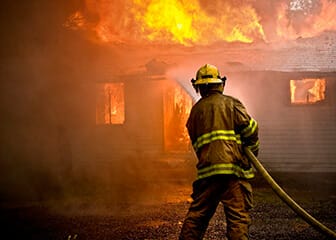Today’s post comes from guest author Rod Rehm, from Rehm, Bennett & Moore.
Workers’ compensation has provided benefits or coverage for occupational diseases for generations. Occupational disease is defined by Nebraska law as: “a disease which is due to causes and conditions which are characteristic of and peculiar to a particular trade, occupation, process, or employment and excludes all ordinary diseases of life to which the general public is exposed.” This is a typical definition of an occupational disease. Some examples of recognized occupational diseases are black lung disease for miners, mesothelioma for asbestos workers, lung disease for rubber workers, and leukemia for workers exposed to benzene.
More studies are done to determine the cause of diseases as medical science advances. A recent study concludes that smoke and chemical exposure by firefighters may cause higher rates of cancer among firefighters. Firefighters, while usually healthier than the general population, have a higher incidence of cancer. More studies need to be done to determine if the peculiar exposure to smoke causes or aggravates cancer.
As medicine and science evolve, there may be more recognized “occupational diseases” and more workers and their families compensated for harm caused by the workplace.

